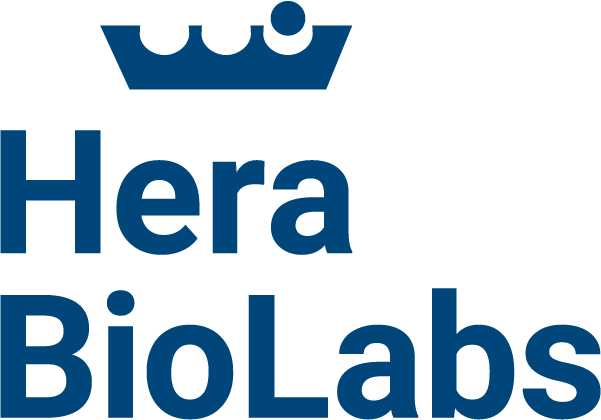A genetically modified novel rat model used primarily for pre-clinical oncological research. The SRG Rat, or OncoRat®, has a Sprague-Dawley background containing a double knockout of the Rag2tm2hera and Il2rγtm1hera genes. The combined mutations result in a loss of mature B, T, and NK cells, and the most severely immunodeficient rat model on the market.
Hera provides in vivo contract research (CRO) services in the SRG rat and immunodeficient mouse strains including xenograft/PDX studies, metabolism, toxicology studies with a variety of treatment routes and endpoints on preclinical small molecules, antibodies, cell and gene therapies, and medical devices. Find out how we can use a combination of endpoints to get the most relevant data out of your animal studies. All in vivo studies are conducted in our state-of-the-art facility located in Lexington, KY.
Hera has licensed the SRG rat to Charles River for distribution directly to the global preclinical research community. As of April 15, 2022, all orders will be placed with and fulfilled by Charles River. Orders can be placed on the Charles River website HERE.
SRG rats must be housed in IVC cages in a barrier facility. Their immunodeficient phenotype leads to a susceptibility to opportunistic pathogens which should be taken into consideration, as is the case with any immunodeficient strain. Other than that, the SRG does not require any special diet or care and maintenance procedures. Standard irradiated rodent chow is used.
Inquire CRL for pricing. The animals will be provided at 4-6 weeks old at the time of shipment, though requests are accepted for any age animals. Contact CRL to discuss your specific research requirements.
A list of our validated cell models can be found HERE. We are continuously piloting and establishing new cell models in the SRG.
The SRG rats will be provided within 1-3 weeks after placing your order. If there is limited availability or for large requests, additional time may be required. Animals are reserved on a first-come first serve basis, and upon placing the order your estimated arrival date will be provided and updated accordingly.
Tumors are considered at endpoint when the burden becomes 10% of the animal’s original bodyweight or measures up to 40mm in length. The rate at which tumors grow to endpoint depends on the line and number of cells inoculated.
Researchers have recently published successful humanization using a BLT-like method for human skin grafts, see HERE. Several methods for humanization are currently being developed in-house, inquire for more details.
Yes, our facility and experienced in vivo team enables us to form a study based around your research needs. If you are interested in running a study using a syngeneic model, contact us to see how we can help.
Yes, bioluminescence and fluorescence imaging can be performed at our facility in both the SRG rat and mouse models. We use the Spectral AMI HT Imager to generate quality images and data. Imaging is not limited to in vivo; ex vivo organs and well plates may also be imaged.
Whilst the nude rat is only T-cell deficient, the SRG rat is T-cell, B-cell, and NK-cell deficient. This makes the SRG the most immunodeficient rat model on the market.
Contact Us to Learn More
Contact us to learn how Hera’s experts can assist your oncology research. Please email us at services@herabiolabs.com or schedule a call.
Schedule A Call